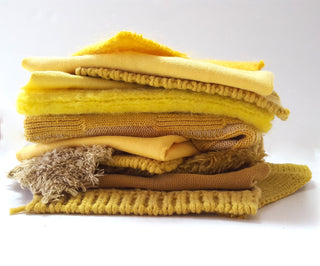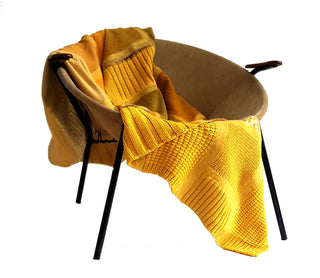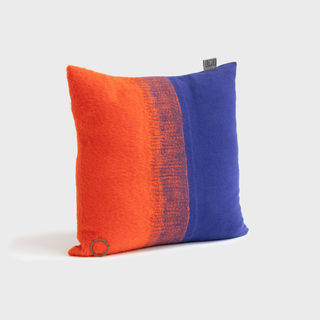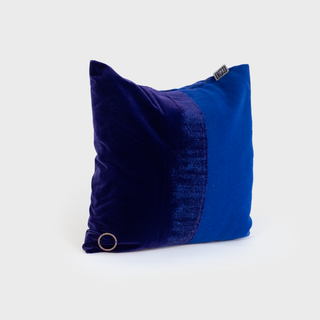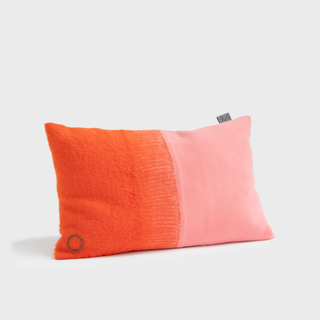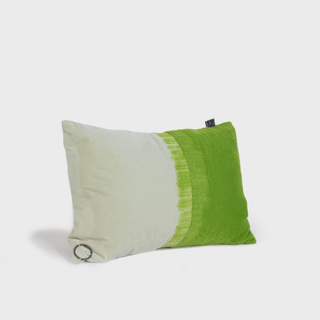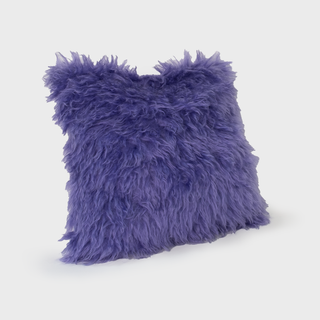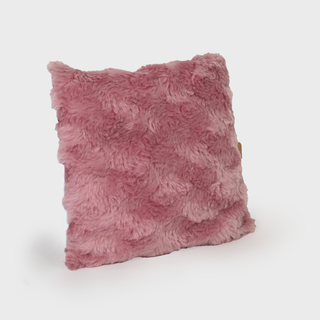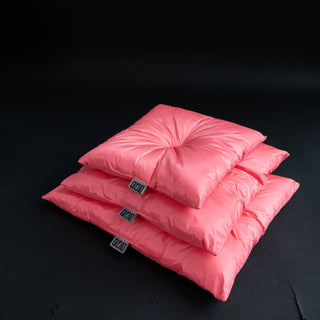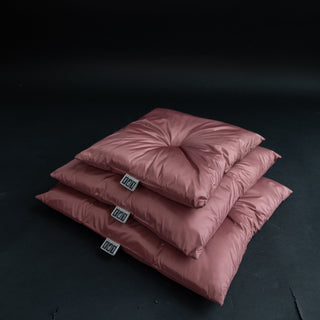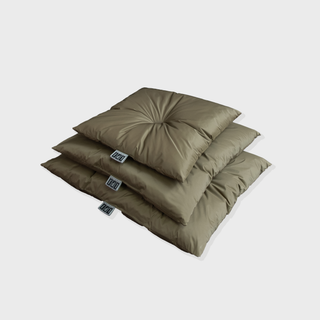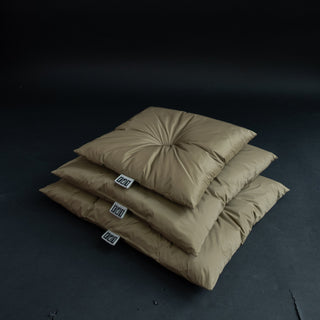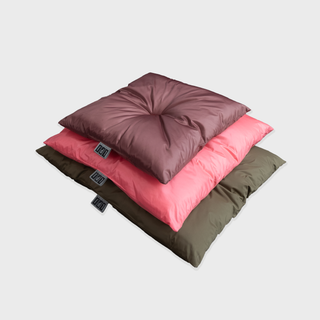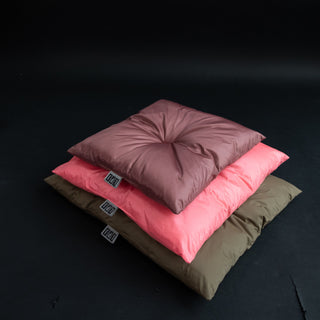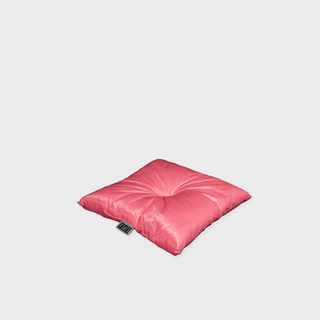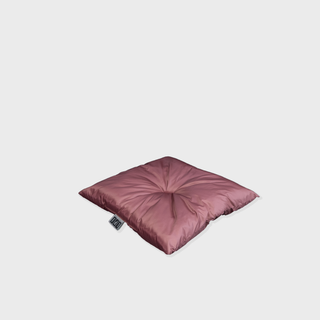Many well-known fashion companies already support the work of LPJ with high-quality textile remnants, which are transformed into exclusive living and feel-good companions in the design headquarters in Aschau am Chiemsee.
The entire production chain is fair and regionally structured and thus represents a conscious counterpart to conventional textile mass production. From the idea to the concept, from the individual piece to the collection, through to production and delivery, we not only think and manufacture professionally, but also in an obvious way – in our own regional workshops or with partners who share the same philosophy.
Find out more about the LPJ Studios brand here !
